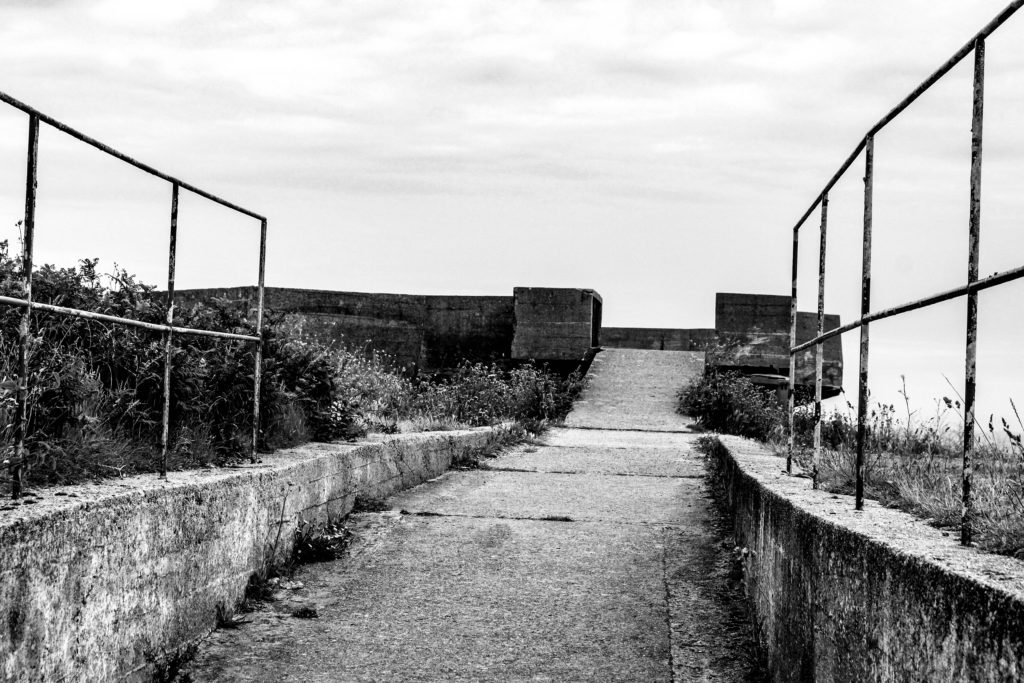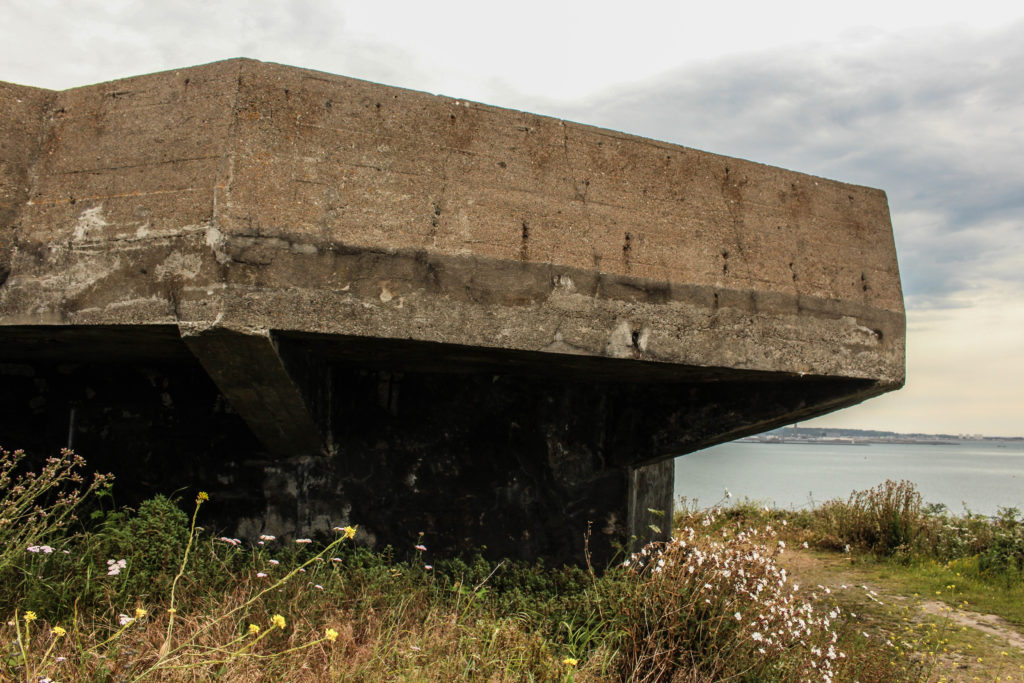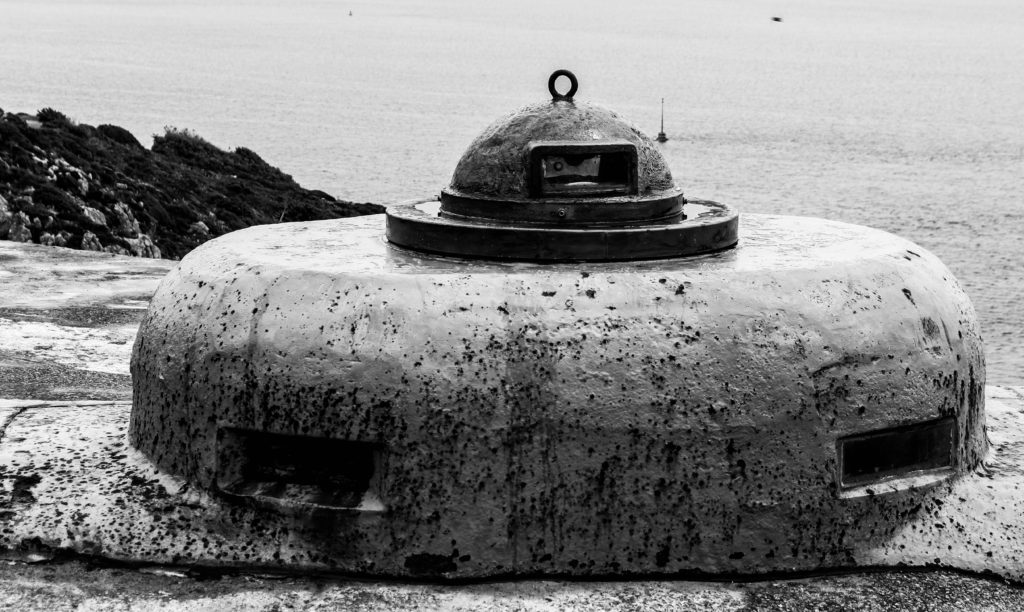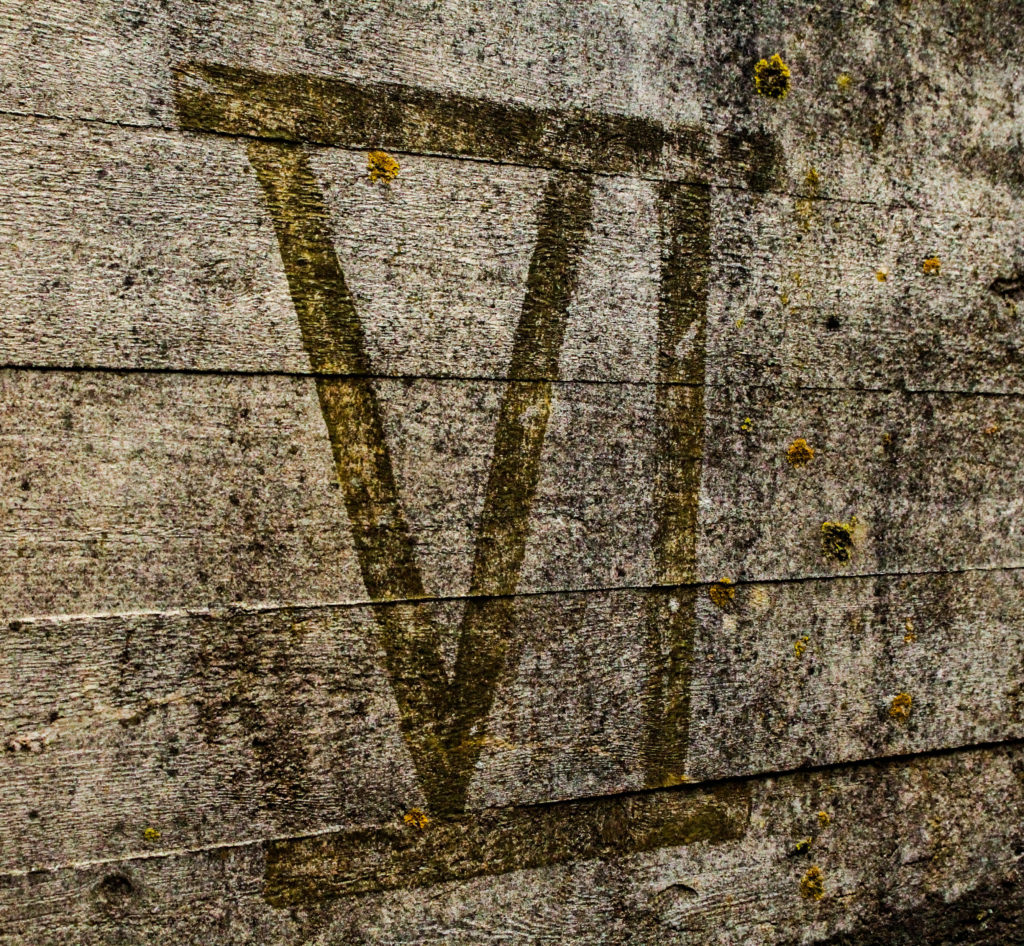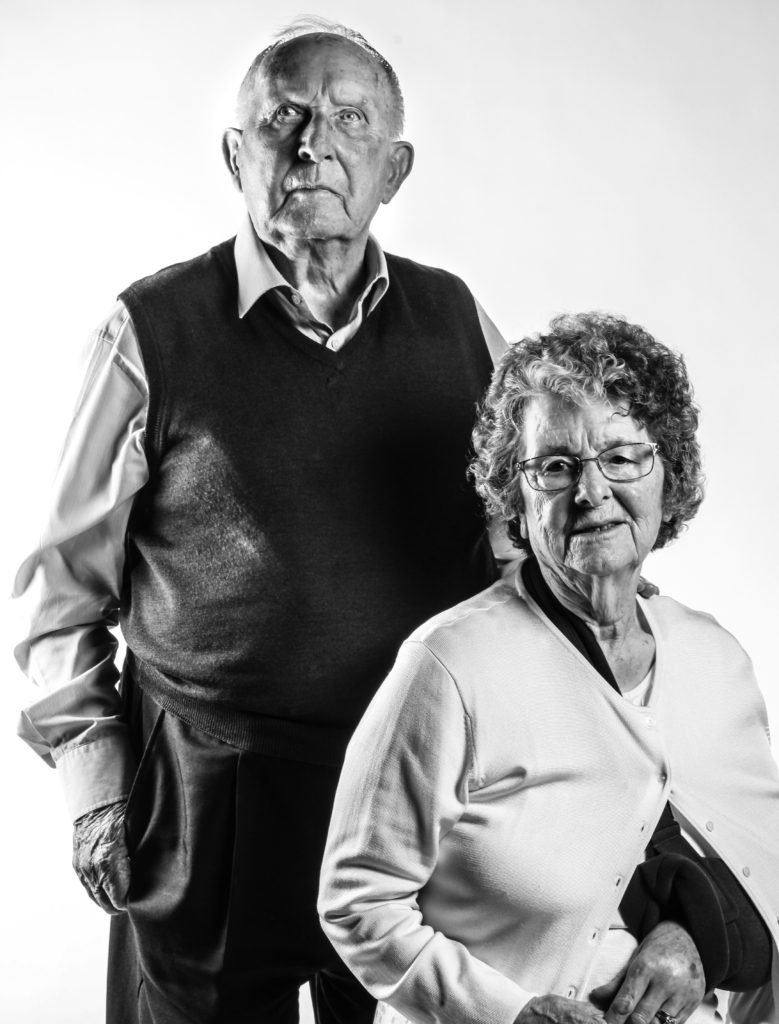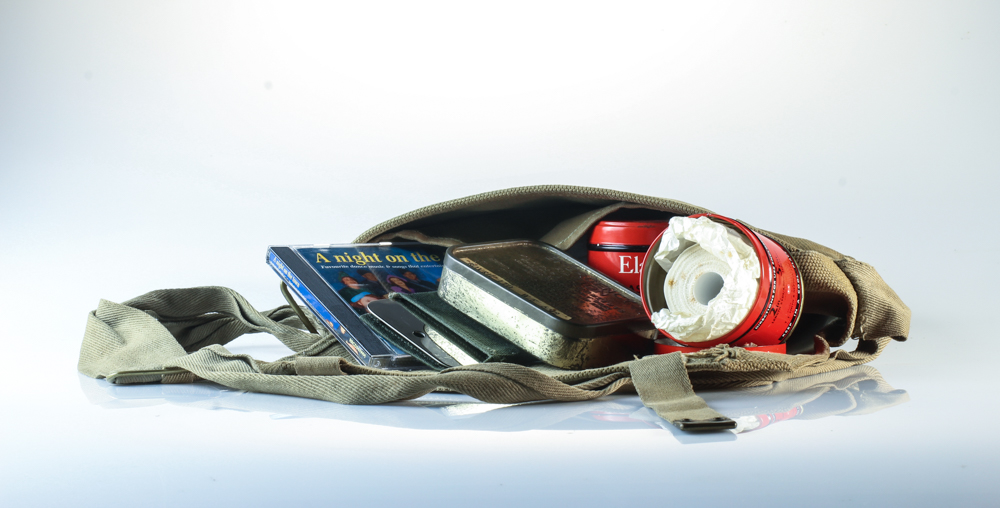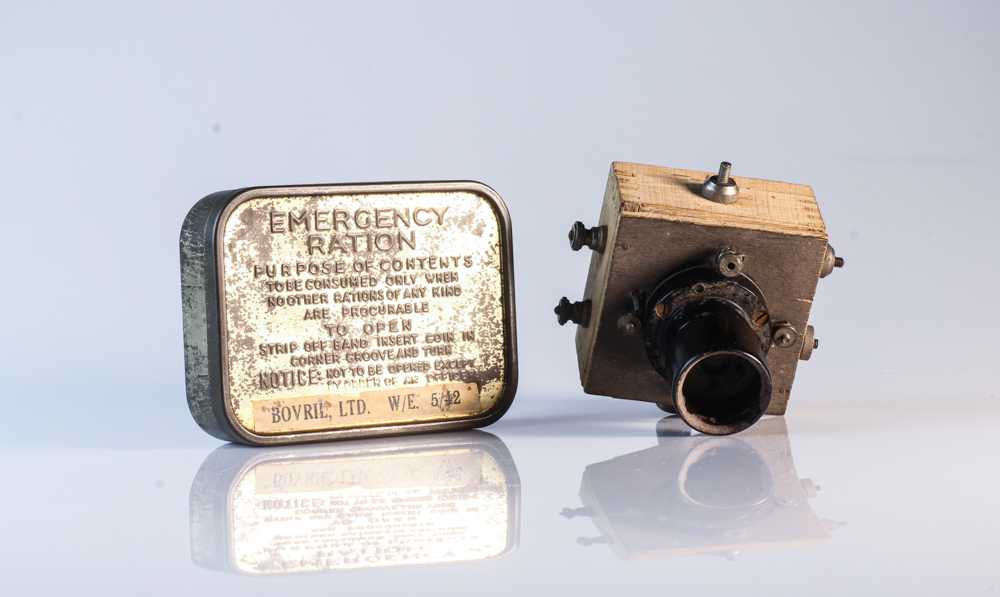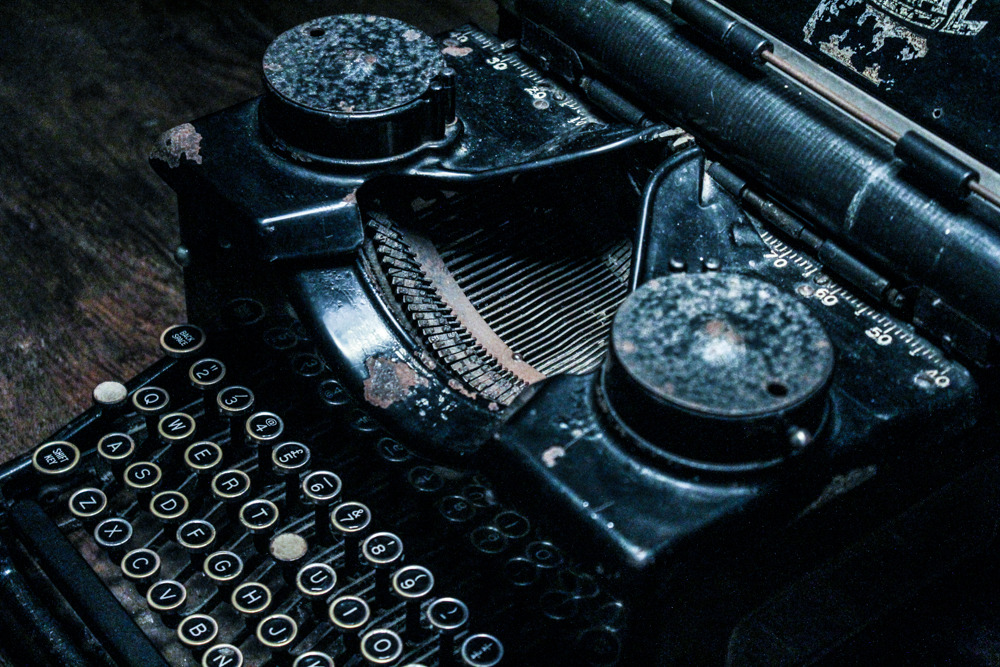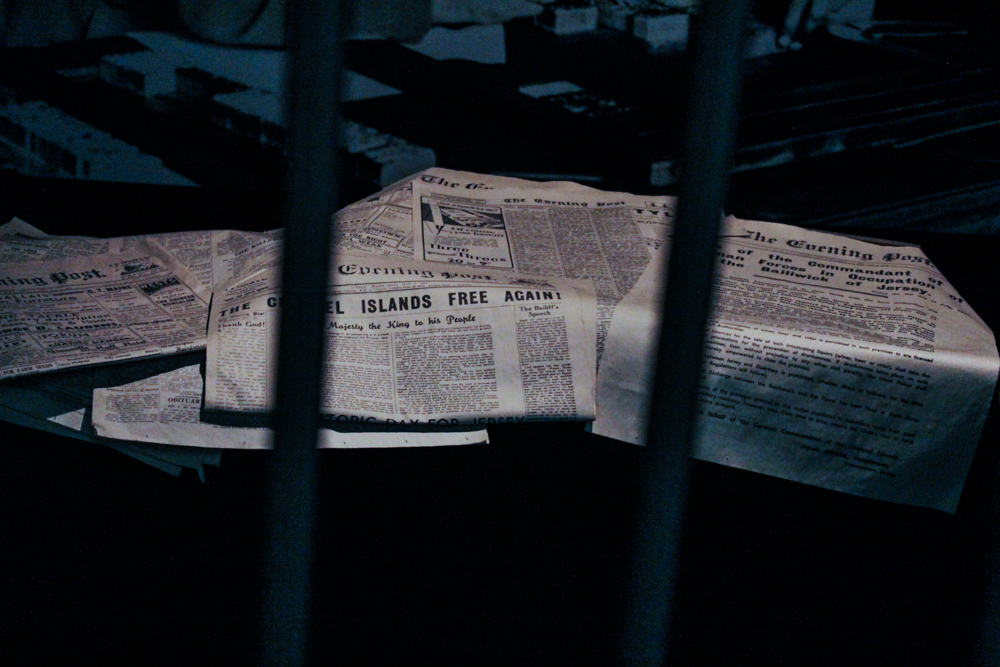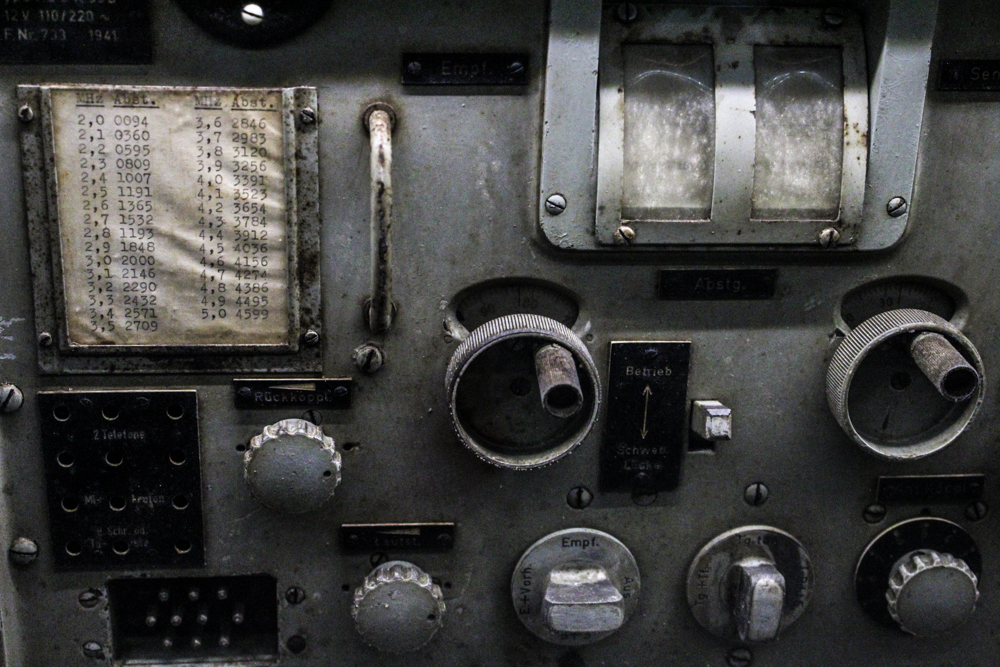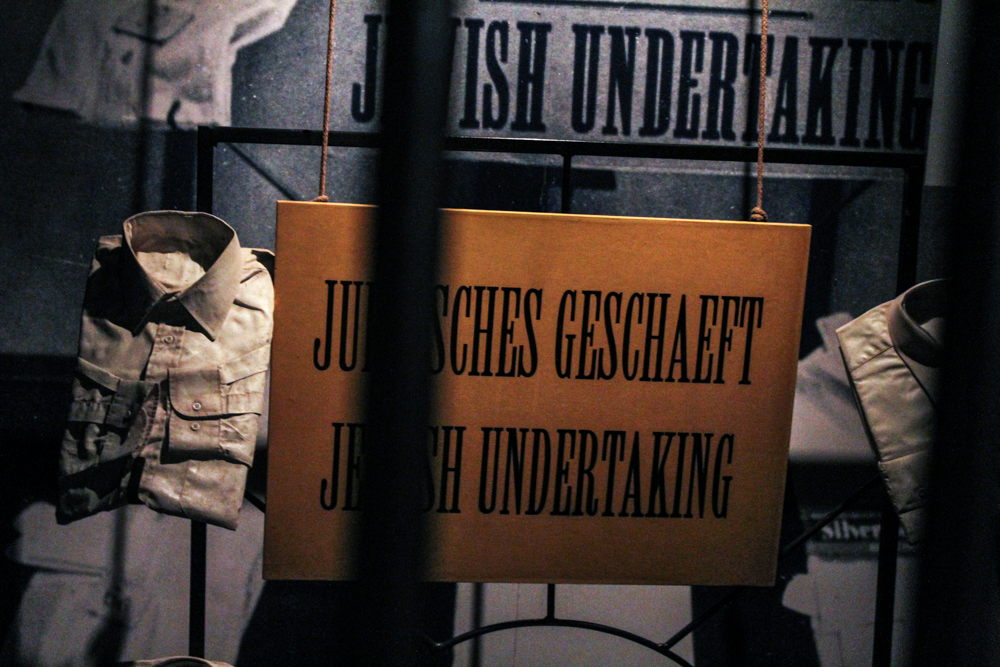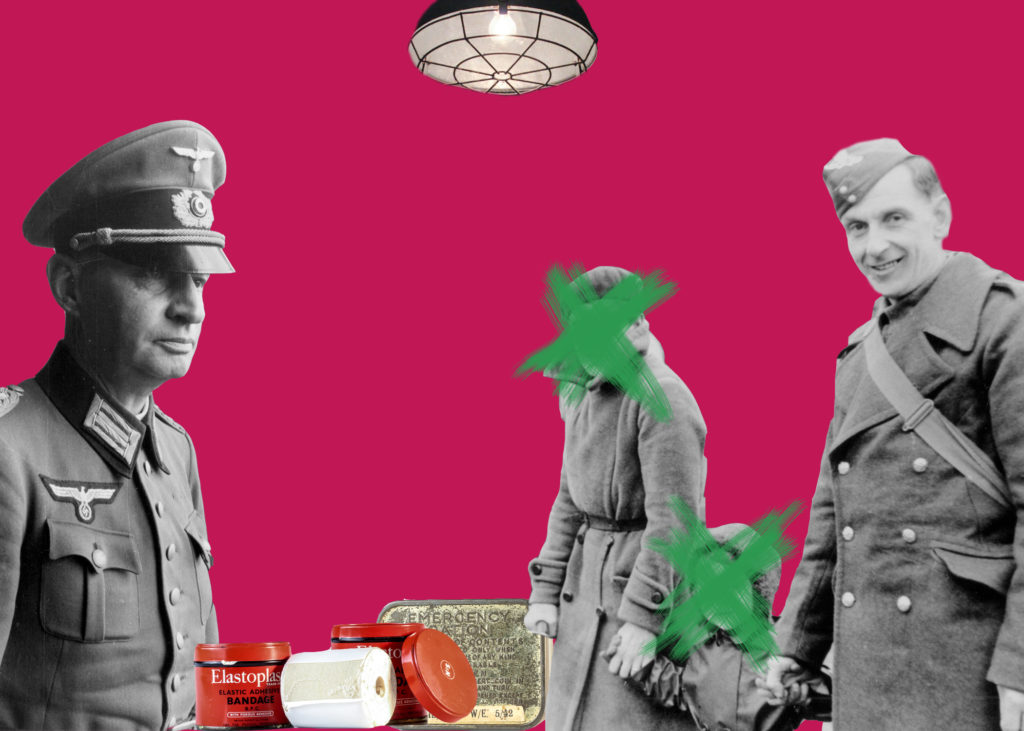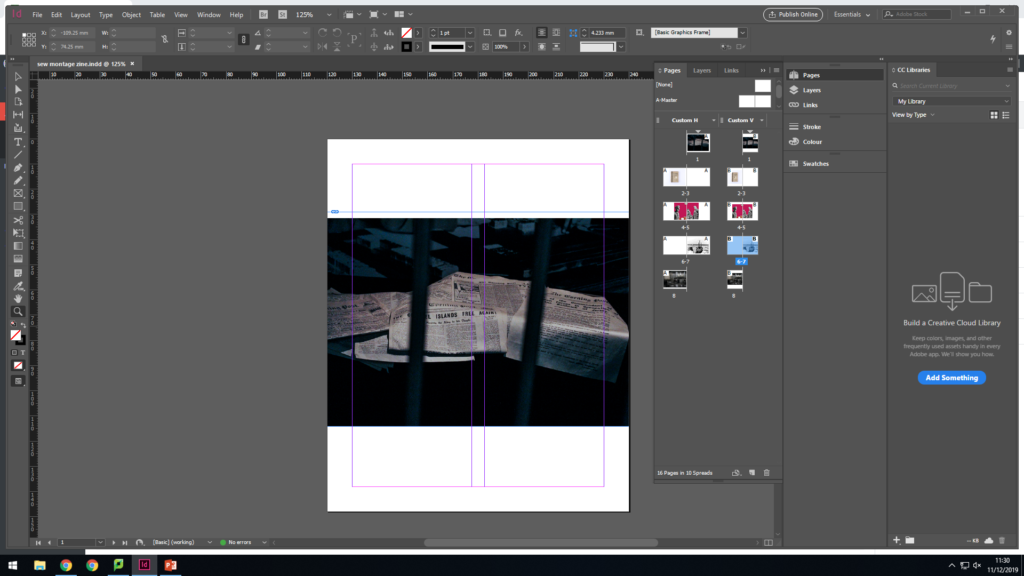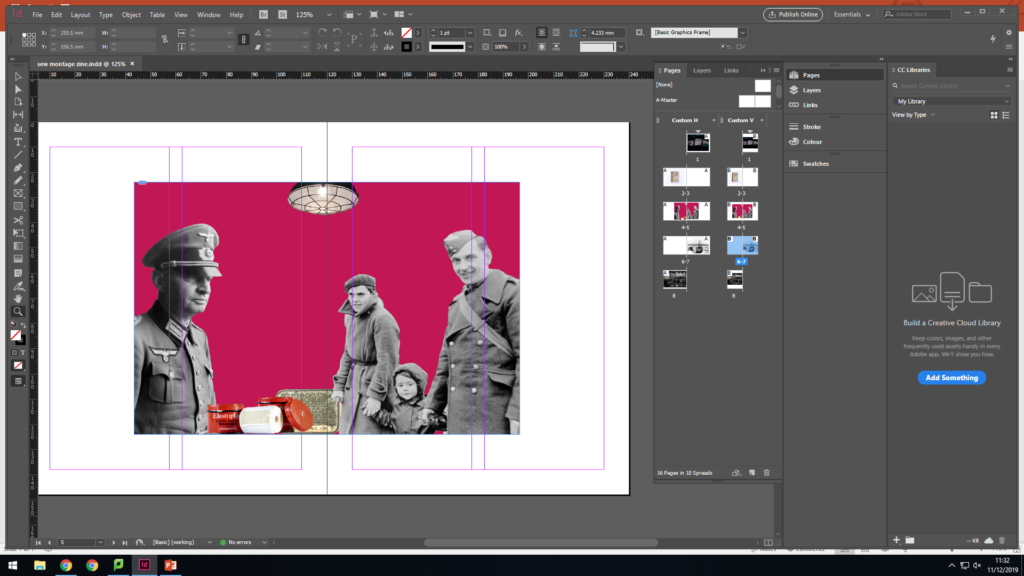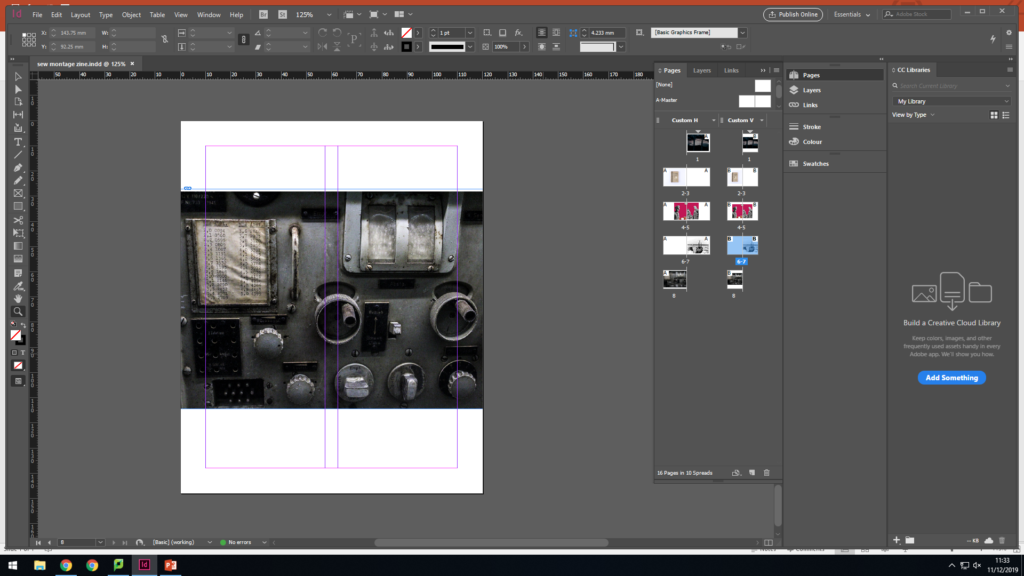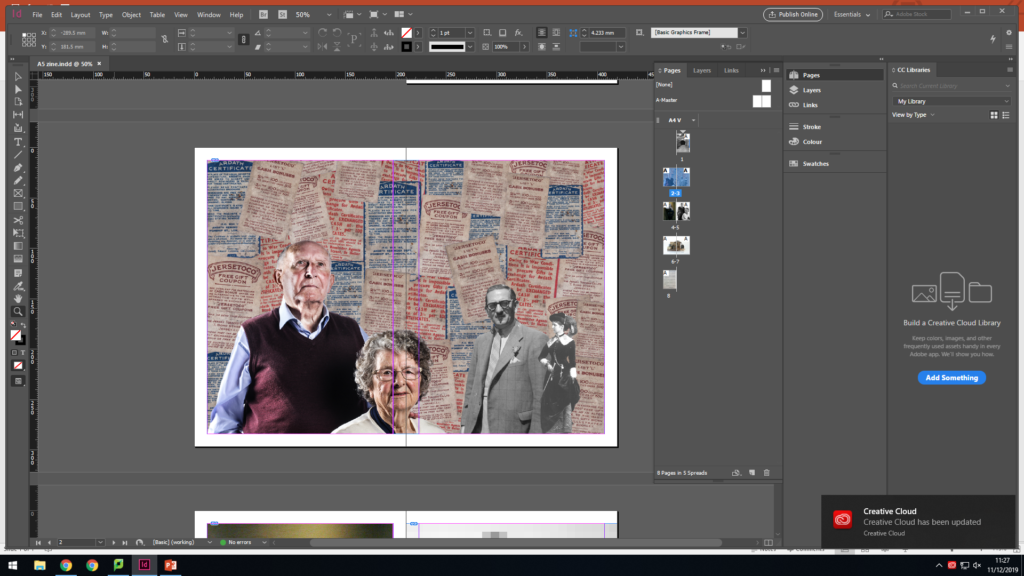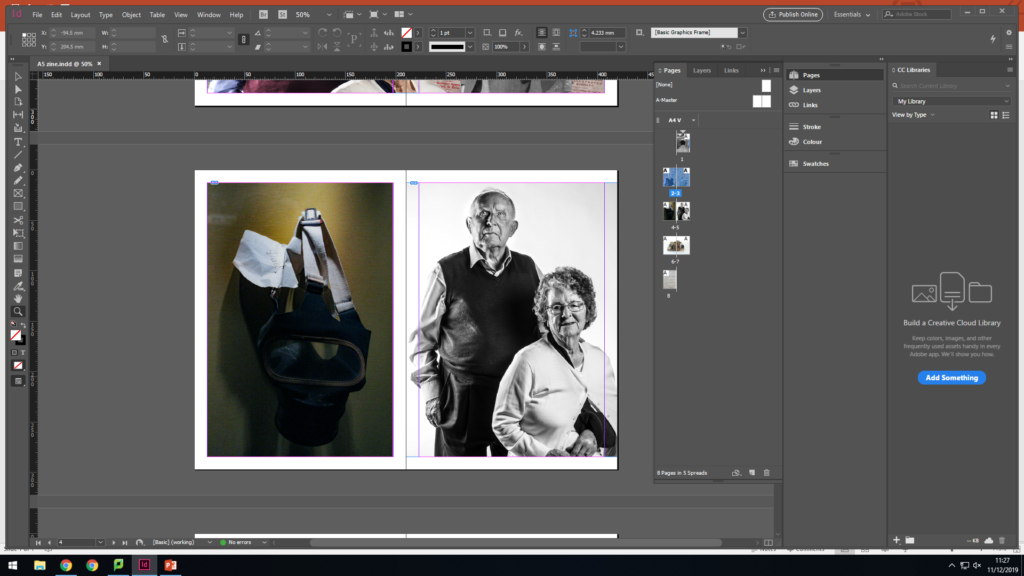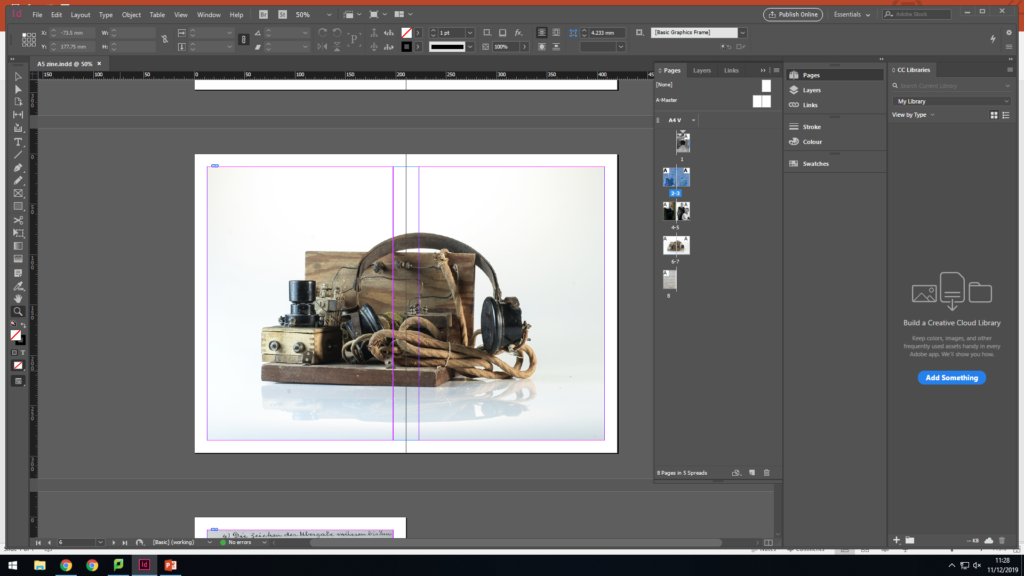My personal investigation will focus on the attatchment and bond that I have to the people in my life, and places I associate with memories or themselves. I will be focusing on the strengths of relationships, my parents have a very healthy and harmonious which I believe influences the healthiness of my relationship with my boyfriend. I will be investigating the complexity of families, my mothers side of the family is very close, they're from the north of England which tends to have large families. My fathers side however is a lot more cold and detatched, however, as time has passed some family members such as my grandfather hav realised that time is precious,leading him to try to rekindle relationships. On the topic of relationships, I want to focus on the vulnerabilities of relationships. I want to focus of the vulnerabilities of me and my parents, me and my siblings and me and my boyfriend. To capture images of my family, friends and boyfriend I will be using a realism approach. Realism is more documentative photography. I believe this will be the most suitable approach to capture my family as I want to capture certain moments of time. I shall also be including archival images into my personal study for example a photo of me and my family at Greve de Lecq beach as a child. That moment in time is a monumental image that has stuck with me. That image is a realism image and I want to revisit Greve de Lecq to display my attatchment to the place and the memories associated with it. I am also going to focus on particular places that I associate with certain people and memories. One of my photoshoots will be a visit to Greve De Lecq beach as I associate it with a certain moment in time when I visited it with my family. I want to take photos of the sea as when I think of that memory I can hear the sound of the ocean and see it roll up onto the shore. To take these images I will have a slow shutter speed which will make the see look creamy and frothy. This will be a pictorialist approach which I think is suitable as although this is a clear m,emory, there are some parts that I don't remember as it was so long ago. I also want a pictorialist approach as I always paint the memory as an incredibly happy memory, so the dreamy photographic approach will reflect this.
All posts by Emelia S
Filters
Personal Investigation – research
MindMap

Notes on my MindMap
For my personal study, from the word "liberation" I want to focus on attatchment which leads onto bond. Through attatchment and bond I associate people and places. Certain people I associate with certain memories and places and certain places I associate with certain moments in time and the people I was with. The people in my life who I have an attatchment to is my family. I come from a large family, I have three sisters and my mums side of the family is particularly large (They're also from the north of England, Buxton in particular). I am close with my mums family, however I am not very close and attatched to my fathers side of the family. I still care for them as they are part of my family however there is a lack of bond between us as theyre have been certain aspects of my fathers childhood which lead to his detatchment and my detatchment from them. However, as time continues, some family members from my fathers side have realised that time runs quickly and relationships are being rekindled. I want to capture both strong and weak family bonds, dsiplaying that families are complicated, however time can heal. I also want to focus on the friends that play a large parto of my life. I have unique bonds with each individual and specific attatchments to memories associated with them. I also want to explore how friendships can become romantic, for example, my boyfriend was first a good friend of mine and over time we became romantically involved. Both mine and my boyfriends parents have very healthy relationships which I believe has an influence on my relatiopnship as we see aspects that make a relationship happy and apply it to ours.
realism
Realism is not so much a style, but rather one of its fundamental qualities. From its beginnings in the 1830s and 40s, photographers and viewers of photography marveled at photography’s ability to capture an imprint of nature. Photography’s capacity to depict people, objects and places realistically made it suitable for trying to record and document individual likenesses, scientific discoveries and foreign places – concerns that were of particular interest for 19th-century Europeans.
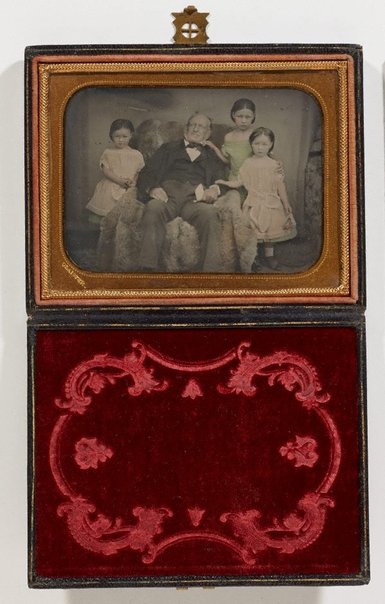
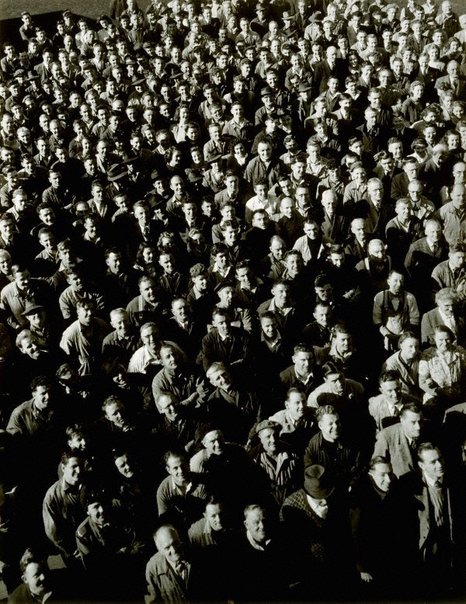
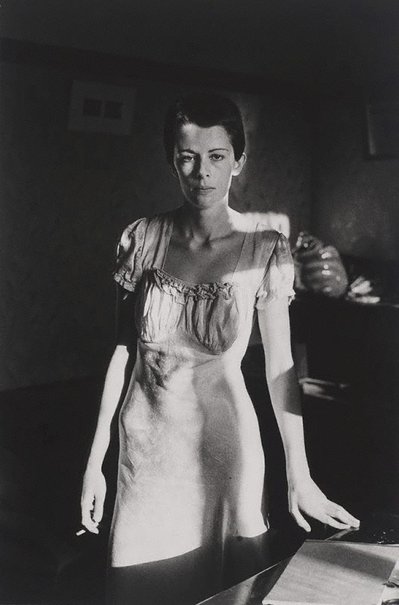
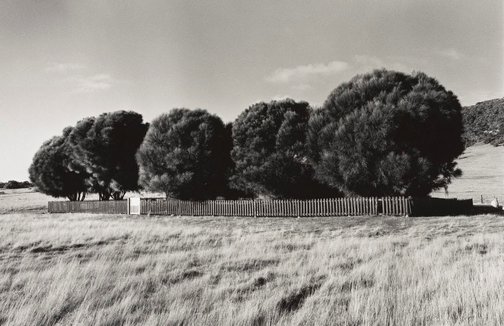
pictorialism
The time period for pictorialism was the 1880’s – 1920’s. Pictorialism is an approach to photography that emphasizes the beauty of subject matter, tonality, and composition rather than the documentation of reality. I would describe pictorialist photographs to be very dreamy and reminds me of fairy-tales. They focus on the dream world and oppose documentative photographs. They tend to focus on nature, however they do also feature cityscapes. They also tend to have fog or low clouds which gives it a dream like effect. Reacting to the widespread commercial and domestic uses of photography for recording people, events and places, pictorialist photographers sought to evoke emotional sensations and states of mind. They depicted commonplace scenes in ways that suggested psychological and spiritual meanings.

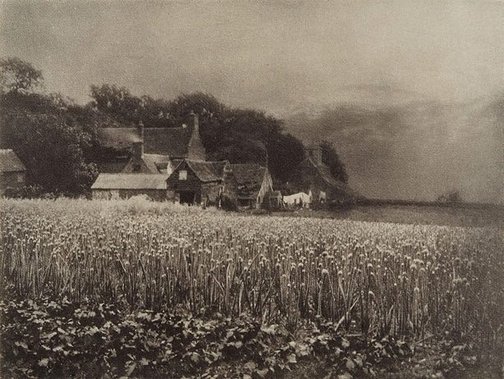

Modernism
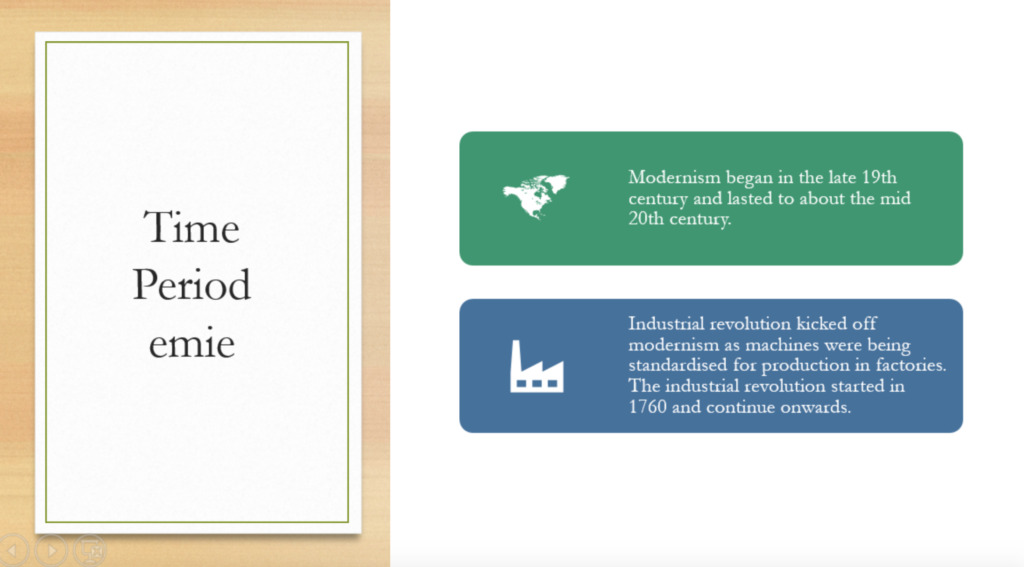
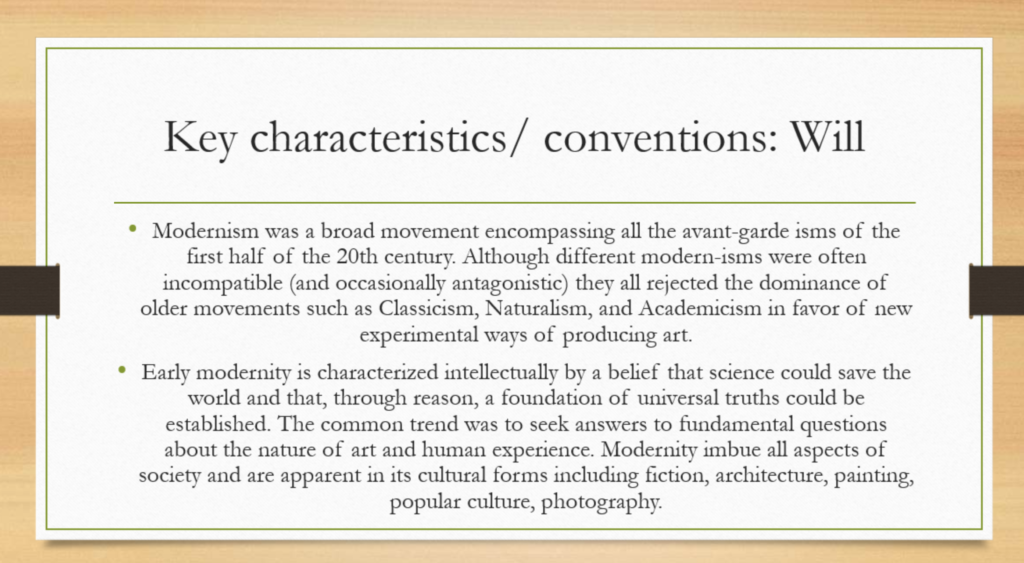

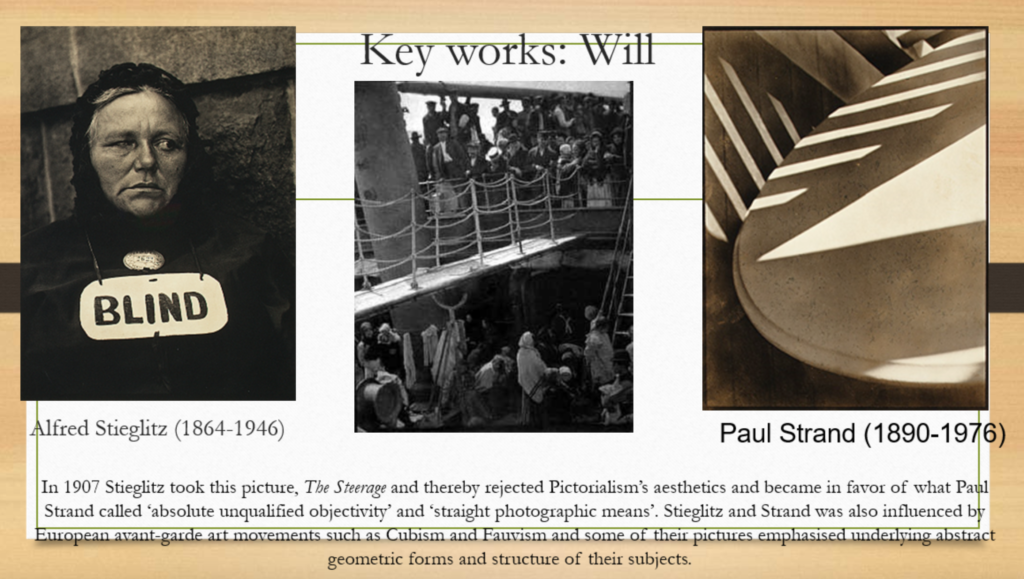


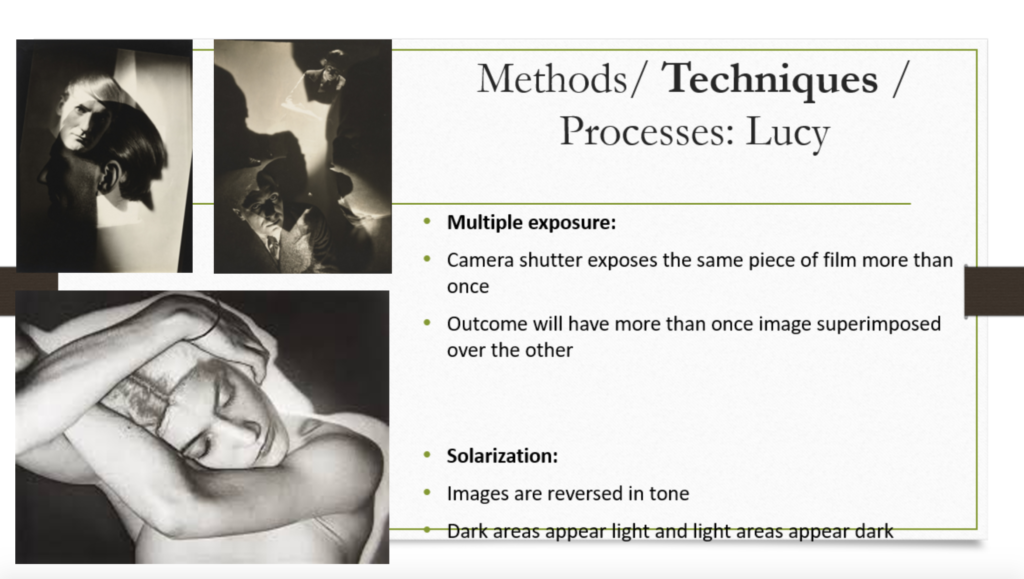

post modernism
Postmodernism can be seen as a reaction against the ideas and values of modernism, as well as a description of the period that followed modernism's dominance in cultural theory and practice in the early and middle decades of the twentieth century. The term is associated with skepticism, irony and philosophical critiques of the concepts of universal truths and objective reality. Postmodern art questions the notion of authenticity and embraces 'hybridity’, blurring the lines between high art and popular culture. Postmodern photographers are particularly interested in the selective, constructed nature of the photograph. Artists like Cindy Sherman, Barbera Kruger, Edgar Degas and Pablo Picasso are well known post modernist artists.



Reflection
What Occupation vs Liberation Means to Me
The occupation of Jersey represents the injustices and lack of remorse for the Islanders due to leaders in a heirachy. Jersey is a small island, it doesn't have prime ministers, it only has a small governmnet. However, Germany, a large country in a dispute with the rest of the world felt the need to occupy and control under harsh ruling a small island off the coast of France. The occupation of Jersey also represents determination and rebellion due to the stories of the Islanders. Characters such as Claude Cahun who was a Jewish, gender fluid lesbian who was in a relationship with her stepsister produced anti-nazi properganda and slipped them into the pockets of German soldiers. Although Cahun would've been brutally punished, she still took the risk to rebel, displaying the retallience of the Islanders.
Landscape
For the overall project Occuption vs Liberation we visited Noirmoint point to explore the landscapes and bunkers of that area. We met Tony Pike who looks after the bunkers of Noirmont Point and he gave us an insight into the rich history of the area. By learning about the history of Noirmont Point I am able to have a deeper understanding of what it was like for the residents of Jersey and soldiers during the occupation, whilst also comprehending the natural and gradual changes of the landscape throughout time. Here are some of my favourite examples of landscape photography at Noirmont Point:
Portrait
We were also given the amazing opportunity to photograph two individuals; Hedley and Joyce, who were alive for the occupation of Jersey. They gave us a detailed account of what their lives were like and unique experiences, in Hedleys case, where he got a German soldier drunk. We photographed them in the studio and I was able to develop key skills such as management of lighting, angles and dealing with subjects that are constantly changing due to movement. Here are some of my favourite portraits I took:
Objects
Proceeding our visit to the Jersey Archives, we were lent some objects that were from the Occupation, we also visited the Jersey War tunnels where we were also able to photograph objects that were in the war tunnels. In both scenarios I had to learn to cope with different lighting, managing the different lights in the studio and dealing with the low lighting in the War tunnels. Here are some examples of my photoshoots:
Photomontage
I also experimented with photomontage which was brought on by the study of Rafal Milach. I experimented incorporating both images that I had taken myself and archival images from Societe Jersey. I used photoshop to cut the images and place them together and in some instances to also use the colour tool to create bright backgrounds. I also printed out some images and cut them out and stick them together using glue. Here are some examples:
Sewing
Following on from my photomontages, I wanted to further on my artistic abilities and decided to sew into on of my montages. I created cages out of the string. All of the characters had different colours for their cages which represents how although they are all in their cages of war, their individuals experiences are unique to them. However, the guard has his colour and the other colours of the other individuals because he has control over their lives making their cages of war part of his.

Newspaper spread
For my newspaper spread i features, multiple images on a page, a double page spread and images on their own page. I wanted to include this variety to make my newspaper more interesting and intriguing. I decided to include the portrait next to the gas mask because the black and white of the clothing is reflected but the other way with the gas mask. The gas mask can also reflect the silhouette of the couple standing. I decided to put the archival image, my own photograph of the book and the montage on the same page as it shows the intergration of archives, my own photography and then using both to create my own art. It also shows how although the war was in the past it is still current and can be used to this day. I chose to double page spread the image of the newspaper as it says islands free again but is juxtaposed as it is behind prison bars.
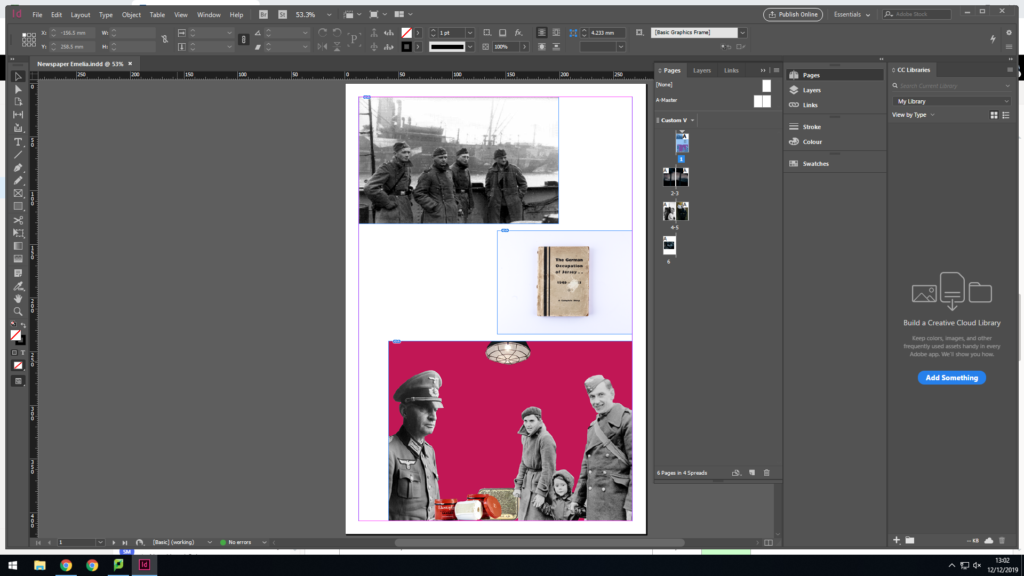

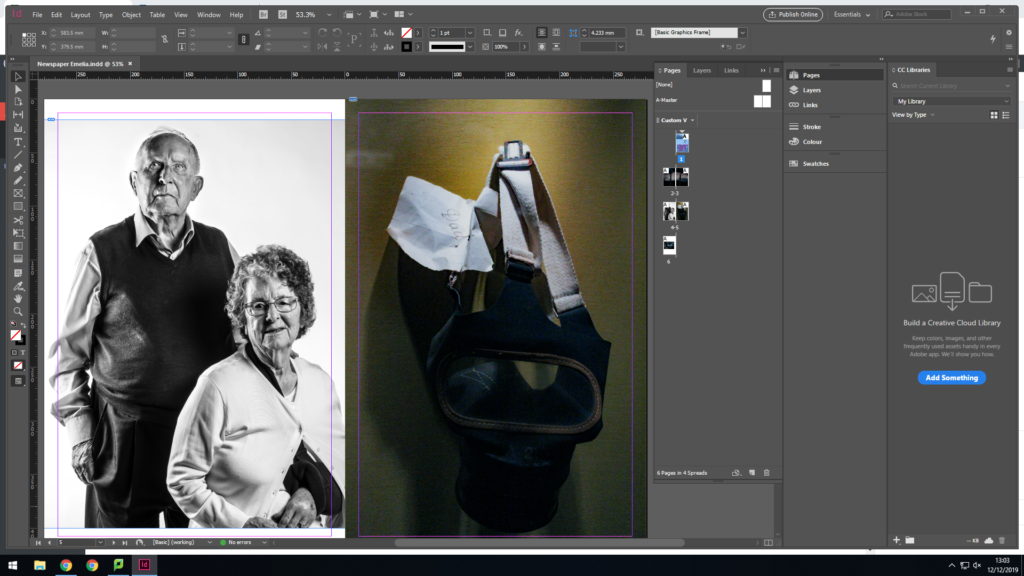

smaller zine
I will be printing this on A5 paper then trim down the images to their intended size. I had to leave two pages blank because I will be sewing into the photomontage so the pages behind can't have images as they would have string all over them.
the a5 zine
This will be my A5 zine. I will insert the smaller zine on the outside and within some of the pages of the A5 zine.


